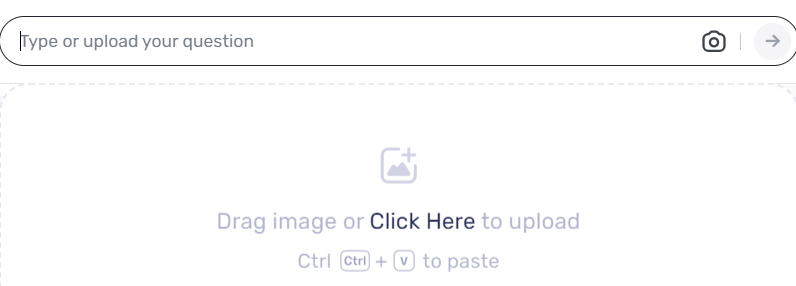While concentrating on calculation, one of the key ideas you might experience is equal lines. Parallel lines will be lines that don’t meet and keep a similar separation between them at all places. The question might appear to be threatening from the outset, yet with the right direction and understanding, you can undoubtedly explore this numerical idea.
In this article, we will investigate the means and strategies for deciding for which value of a are the graphs of –4 = 3x + 6y and ax – 8y = 12 parallel? a = –4 a = a = a = 2. By separating the cycle into sensible advances and giving genuine models, we plan to make this mind-boggling subject more available and reasonable for understudies and math devotees the same.
Decide the Value of a That Makes Two Graphs Parallel?
Deciding the Value of a variable that makes Two Graphs Parallel can be a valuable expertise to have in math. At the point when two diagrams are equal, it implies that they have a similar incline but unique y-blocks. Finding the Value of the variable that makes this conceivable can help you envision and comprehend the connection between the two diagrams better.
Grasping Equal Lines
Equal lines have a similar slant, which demonstrates that they are heading down a similar path and won’t ever cross. Be that as it may, they might have different y-captures, making them show up as isolated lines on a chart.
Likening the Inclines
To decide the Value of the variable that makes the Two Graphs Parallel, we should initially compare the slants of the two lines. This includes finding the incline of each line and setting them equivalent to one another. Whenever we have compared the slants, we can tackle the variable to find the particular Value that makes the Two Graphs Parallel.
Tracking down the Slant
To find the inclination of a line, we use the condition: incline = (y2 – y1)/(x2 – x1), where (x1, y1) and (x2, y2) are two spotlights on the line. When we have the slant of each line, we can set them equivalent to one another to make a condition that we can tackle for the variable.
Settling for the Variable
After comparing the slants of the two lines, we can work on the situation by increasing the two sides by the denominator to dispense with portions. This will leave us with a direct condition that we can settle for the variable. Whenever we have found the Value of the variable, we can substitute it back into the first conditions to affirm that the two charts are for sure equal.
Diagramming the Lines
To outwardly affirm that the two diagrams are equal, we can chart them on a direction plane. By plotting the conditions of the lines and guaranteeing that they have a similar slant yet unique y-blocks, we can confirm that they are to be sure equal. This visual portrayal can assist with hardening how we might interpret equal lines and the Value of the variable that makes it conceivable.
Grasping the Relationship
By deciding the Value of the variable that makes Two Graphs Parallel, we can extend how we might interpret the connection between the two lines. This cycle permits us to perceive how changing the variable influences the equal idea of the charts and gives knowledge into how the lines communicate with one another.
Steps to Involve Gauth in Solving Queries
Gauth is a strong man-made consciousness instrument that can assist you with tracking down replies to inquiries on a large number of subjects, including writing. If you’re battling with a writing question and need some direction, Gauth can furnish you with the data you want in only a couple of basic advances.

Step 1: Input Question
To involve Gauth in writing inquiries, begin by contributing your query to the search bar on the Gauth site or application. Be just about as unambiguous as conceivable while planning your query to guarantee that Gauth sees precisely the thing you’re searching for.
Step 2: Get Answer
Whenever you’ve entered your query, Gauth will dissect the data and give you a simulated intelligence arrangement given the text and information it approaches. This underlying arrangement is an incredible beginning stage, however, on the off chance that you want a more definite or precise response, you can demand a Super Gauth man-made intelligence arrangement.
Step 3: Demand for Super Gauth AI
To get a Super Gauth man-made intelligence arrangement, just snap on the choice to demand more data or a more profound investigation. This will provoke Gauth to lead further examination and furnish you with a more extensive solution to your query. Moreover, you can also view the questions related to your query and their answer.
Ending Remarks
Deciding the Value of a that makes Two Graphs Parallel is critical in grasping the connection between the two capabilities. By tracking down the Value of a, you can without much of a stretch distinguish regardless of whether the charts are equal. Make sure to examine the slants of the diagrams and put them equivalent to one another together to settle for a.

